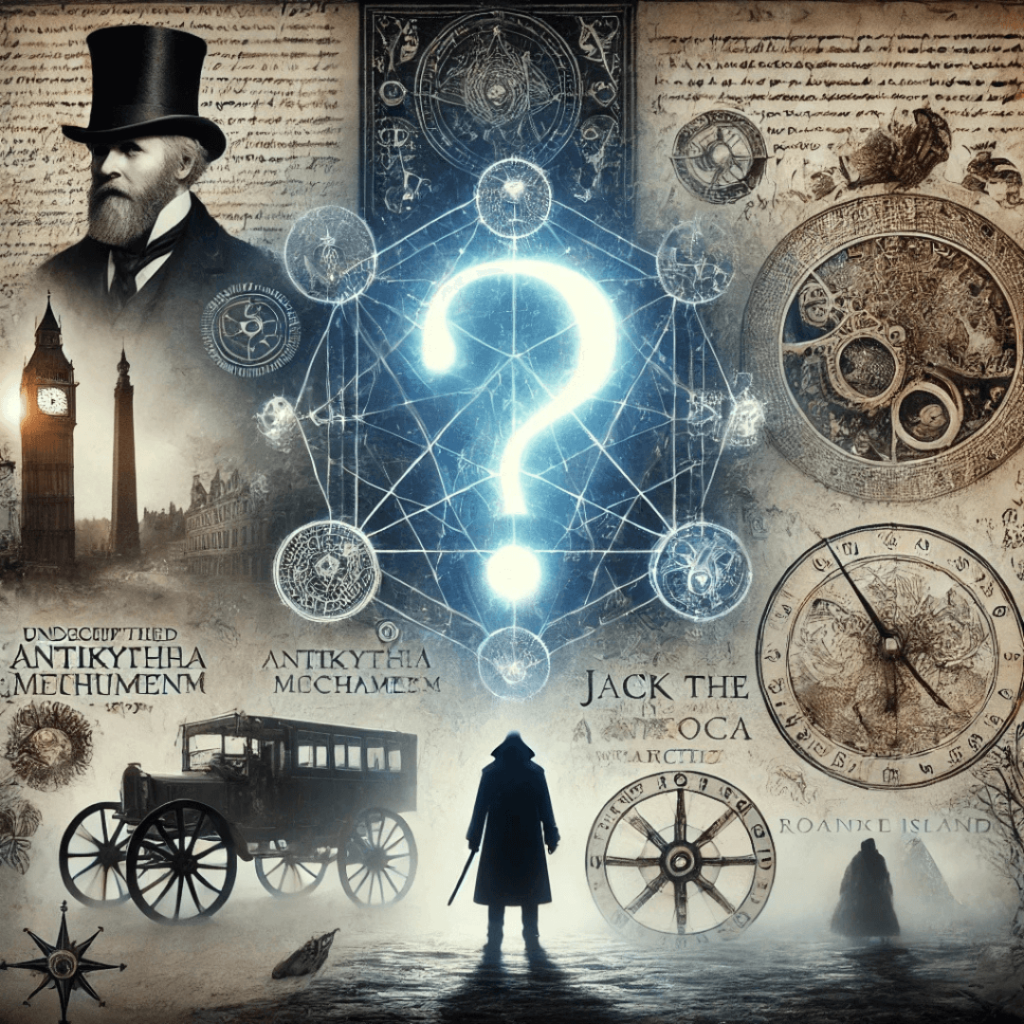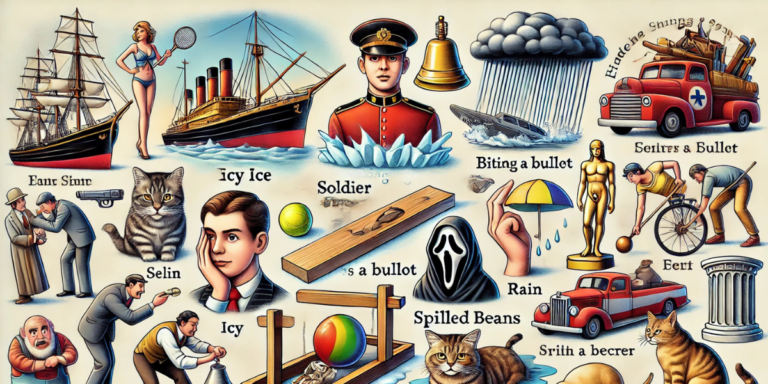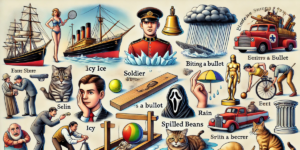Unsolved Mysteries That Defy Explanation
History is rich in amazing achievements, discoveries, and cultural milestones that have helped shape what we are today. But we do not fully understand everything. With all the progress in science, one might think we may have an answer for anything. But some historical unsolved mysteries still stump us. These fascinating enigmas baffle scholars and researchers. Storytellers and everyday folks are also captivated by these riddles as well.
From mysterious old manuscripts to entire civilizations that just vanished, these unsolved mysteries give us a peek into our natural curiosity about the past. In this article, we’ll dive into some of the most fascinating and puzzling historical enigmas. These are the reminders that, though we’ve learned a lot, yet how much more there is to uncover!
Let’s explore some of the most fascinating enigmas that have captivated the imagination for centuries.
1. The Voynich Manuscript: The Book No One Can Read
Have you ever stumbled upon a book so strange that it feels like it’s straight out of a mystery novel? Well, that’s exactly what the Voynich Manuscript is—a 600-year-old enigma filled with bizarre illustrations of plants, celestial bodies, otherworldly figures, weird drawings and a script nobody can read. A Polish book dealer named Wilfrid Voynich discovered the book in 1912. But it currently resides in Yale University’s Beinecke Rare Book & Manuscript Library, where it continues to challenge humanity’s linguistic and cryptographic capabilities.
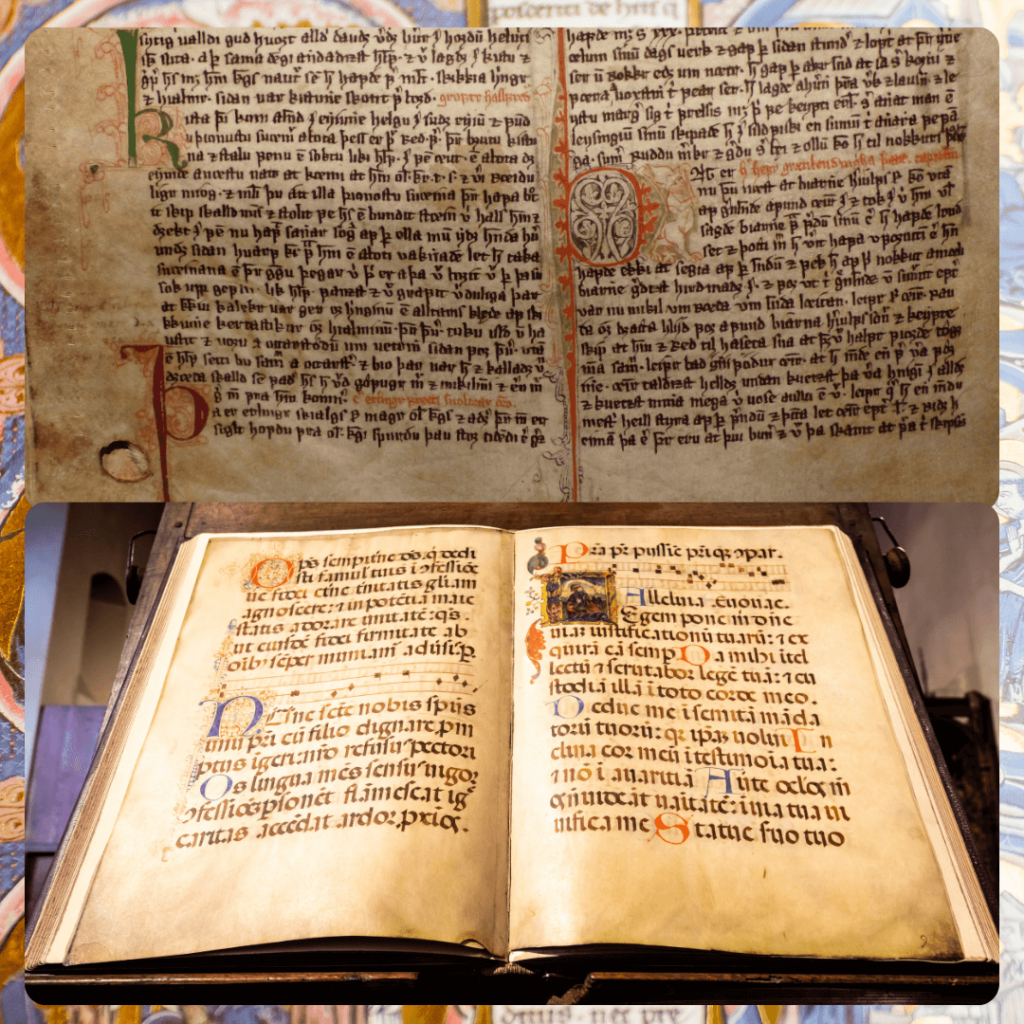
Key Features:
- Over 200 pages of undeciphered text written in an unknown script.
- Elaborate illustrations of plants that don’t correspond to any known species.
- Sections resembling astronomical diagrams and zodiac symbols.
Theories:
People have all sorts of theories about what this book could be. Some think it might be a medieval guide to herbal medicine. Others wonder if it’s an alchemical manual. Some believe it to be a clever hoax designed to drive scholars mad. Despite trying all the scientific methods and using fancy modern techniques at hand to crack the code, the real meaning of the manuscript is still unknown.
Why It Remains Mysterious:
So why does it remain such a mystery? The truth is, no one knows who wrote it, where it came from, or what it was meant to convey. Some believe it might be a completely made-up language, while others speculate it hides a secret that could change everything. Whatever the case, the Voynich Manuscript stands as a puzzling artifact from the past, waiting for someone to finally unlock its secrets!
2. The Lost Colony of Roanoke
In 1587, John White, along with over 100 English settlers, arrived on Roanoke Island in present-day North Carolina. They established a colony, but supplies quickly ran low. White returned to England for reinforcements. But three years later, when he returned, he found the settlement abandoned.
The only clue to their disappearance was the words “CROATOAN” and “CRO” carved into two trees. There were no signs of struggle, making the fate of the settlers one of America’s oldest unsolved mysteries.
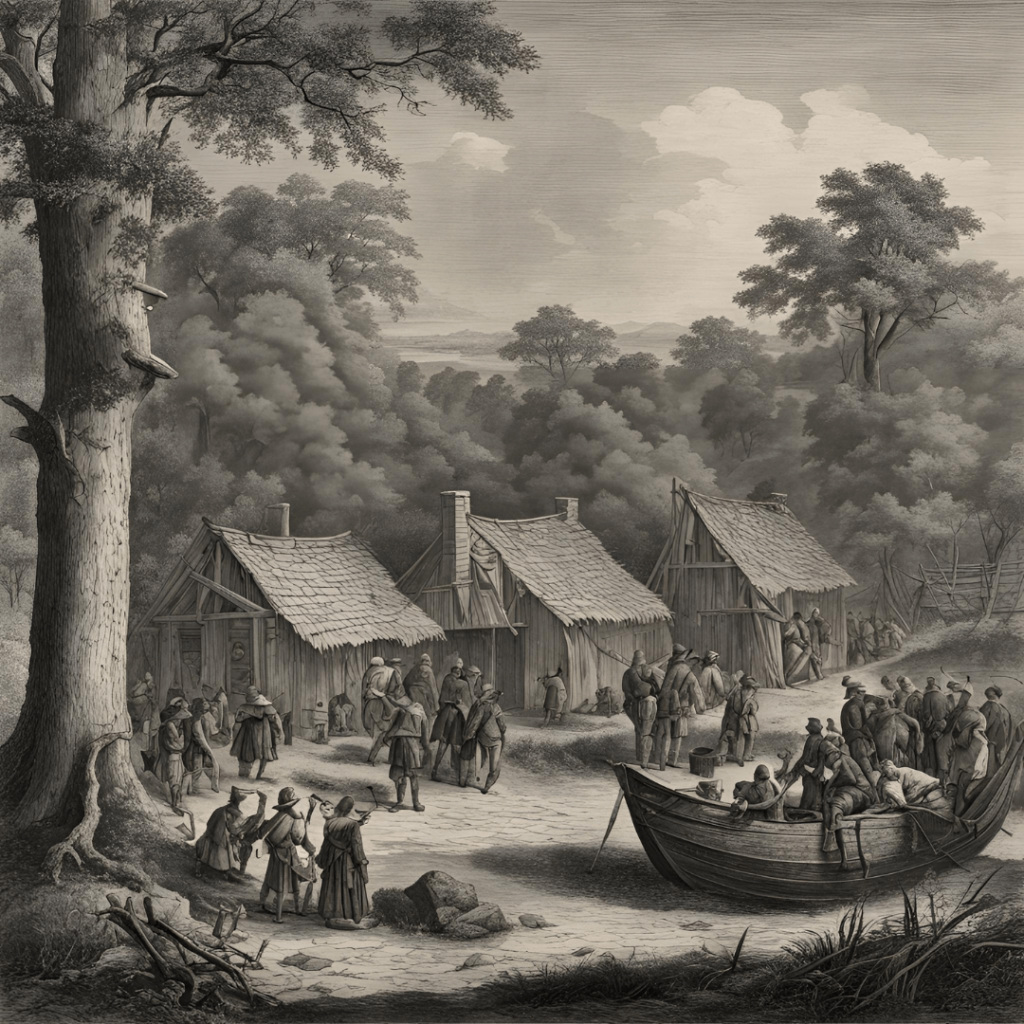
Theories:
- Integration: Some believe the colonists joined the nearby Croatoan groups to survive.
- Migration: Others suggest they moved inland or to another settlement.
- Conflict: There’s also speculation that hostile native groups killed them or they succumbed to disease.
Why It’s Mysterious:
Despite extensive archaeological digs, no definitive evidence of the settlers’ fate has been uncovered. The mystery of Roanoke has inspired countless books, TV shows, and conspiracy theories, ensuring its place in historical lore.
3. The Piri Reis Map: Ancient Knowledge or Coincidence?
The Piri Reis Map, created in 1513, is a stunning example of medieval cartography. This Ottoman map features parts of Europe, Africa, and the Americas. But its most intriguing detail is a depiction of Antarctica’s coastline. Guess what? Antarctica wasn’t even officially discovered yet.
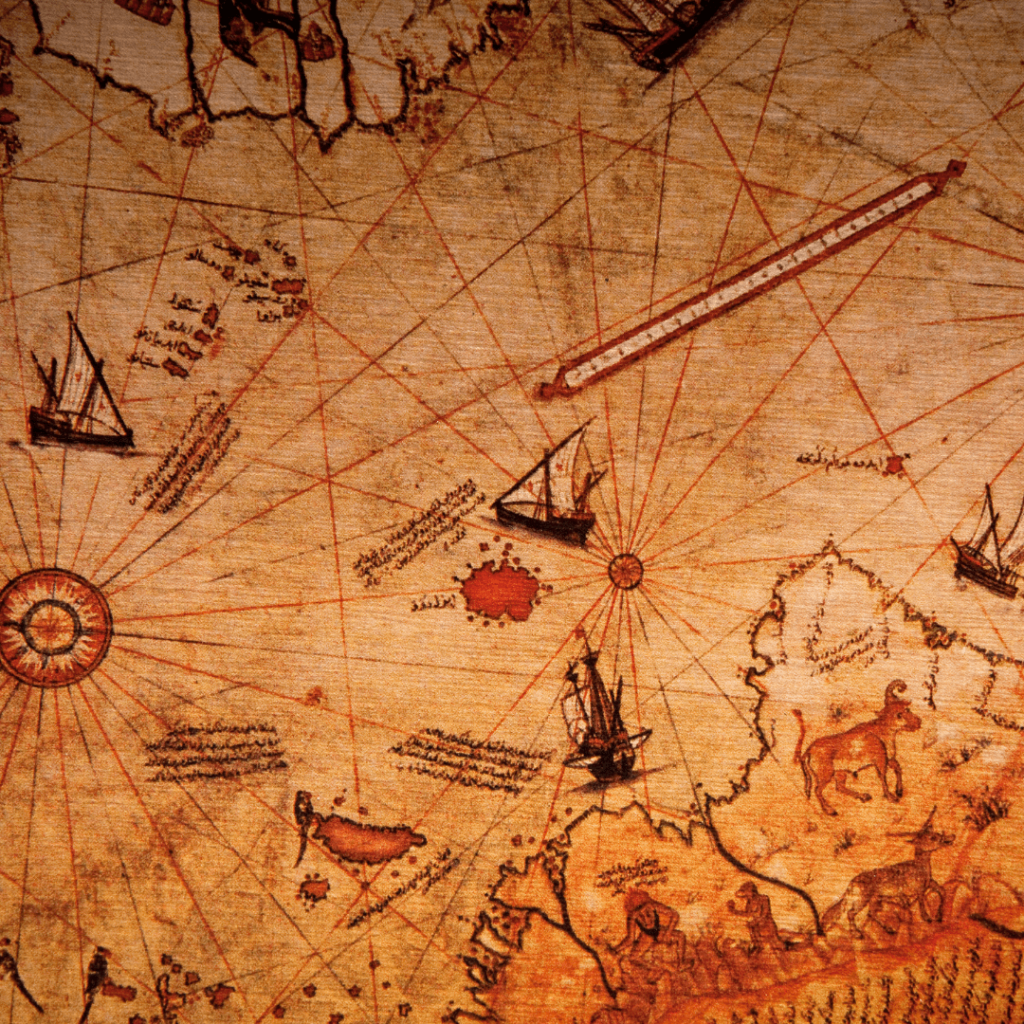
Key Features:
- Detailed depictions of South America and parts of Antarctica.
- Annotations suggesting the map was based on older sources.
- The apparent depiction of ice-free land beneath Antarctica’s glaciers.
Theories:
Some theorists argue that the map was created using knowledge from a lost civilization, such as Atlantis. Others suggest it was based on ancient maps that have since been lost. Skeptics, however, believe that the accuracy of the map is coincidental or exaggerated by modern interpretations.
Why It Remains Mysterious:
The advanced geographical knowledge displayed on the map raises questions about the extent of ancient exploration and cartography. If Antarctica’s ice-free coastline is accurately depicted, it would suggest ancient peoples understood the world in ways historians have yet to comprehend.
4. The Princes in the Tower
In 1483, following the death of King Edward IV, his two sons, 12-year-old Edward V and 9-year-old Richard, Duke of York, were taken to the Tower of London by their uncle, Richard, Duke of Gloucester. Initially, this action was described as a way to protect and prepare Edward V for his upcoming coronation. However, events took a darker turn when Richard declared the boys illegitimate and assumed the throne as Richard III. Shortly after, the young princes disappeared without explanation, sparking widespread speculation.

Theories:
- Richard III’s Guilt: Many believe Richard III ordered their deaths to eliminate rival claims to the throne.
- Henry VII’s Role: Others argue that Henry VII, who defeated Richard III in battle and took the crown, might have been responsible.
- Escape: Some claim the princes escaped and lived in obscurity.
Why It’s Mysterious:
Skeletal remains found in the Tower in 1674 are suspected to belong to the princes but have never been conclusively identified. The lack of concrete evidence has turned their fate into one of history’s most enduring unsolved mysteries.
5. The Antikythera Mechanism: The World’s First Computer
The Antikythera Mechanism is a fascinating ancient Greek artifact. This ancient device is a marvel of engineering and is often referred to as the world’s first known analog computer. It was discovered in 1901 in a Roman-era shipwreck off the coast of the Greek island Antikythera. This remarkable device dates back to around 150–100 BCE.

Key Features:
- A complex system of gears and dials that track celestial movements.
- An ability to predict eclipses and track the positions of planets.
Theories:
The mechanism suggests ancient Greek scientists had a far more advanced understanding of mechanics and astronomy than previously thought. Some theorize it was used for navigation or education, while others argue it was an elite tool for tracking religious or agricultural calendars.
Why It’s Mysterious:
The craftsmanship and complexity of the Antikythera Mechanism weren’t matched until the 14th century, raising questions about how such advanced knowledge developed and why it appears to have been lost.
6. The Disappearance of the Indus Valley Civilization
One of the earliest and most advanced urban civilizations, the Indus Valley Civilization thrived around 2500 BCE in what is now India and Pakistan. The civilization is known for its well-planned cities, sophisticated drainage systems, and vibrant trade networks. The disappearance of this civilization remains one of the puzzling unsolved mysteries.
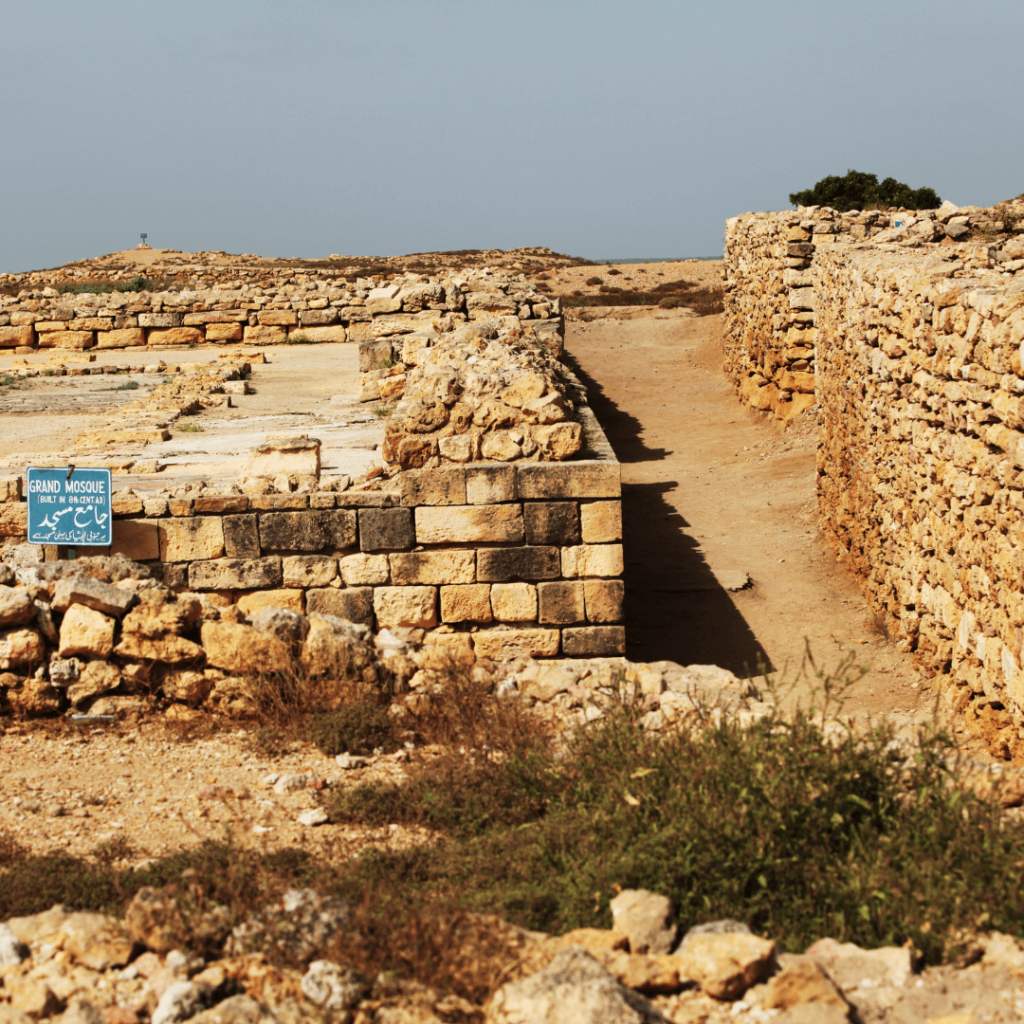
Theories:
- Climate Change: Shifting monsoon patterns or prolonged droughts could have disrupted agriculture.
- Invasion: Some suggest invasions by Aryan groups contributed to the civilization’s collapse.
- Disease: Epidemics or pandemics may have eradicated the population.
Why It’s Mysterious:
Unlike other ancient civilizations, the Indus Valley left behind no decipherable written records. Without a Rosetta Stone equivalent, much about their culture and eventual decline remains hypothetical.
7. The Tunguska Event: Explosion Without Impact
The Tunguska Event is one of the most mysterious and fascinating natural phenomena in modern history. It occurred on June 30, 1908, when an enormous explosion flattened approximately 800 square miles (2,000 square kilometers) of Siberian forest near the Tunguska River in Russia. The energy released was equivalent to 1,000 atomic bombs, yet no impact crater was found, giving rise to numerous theories about what caused the explosion.
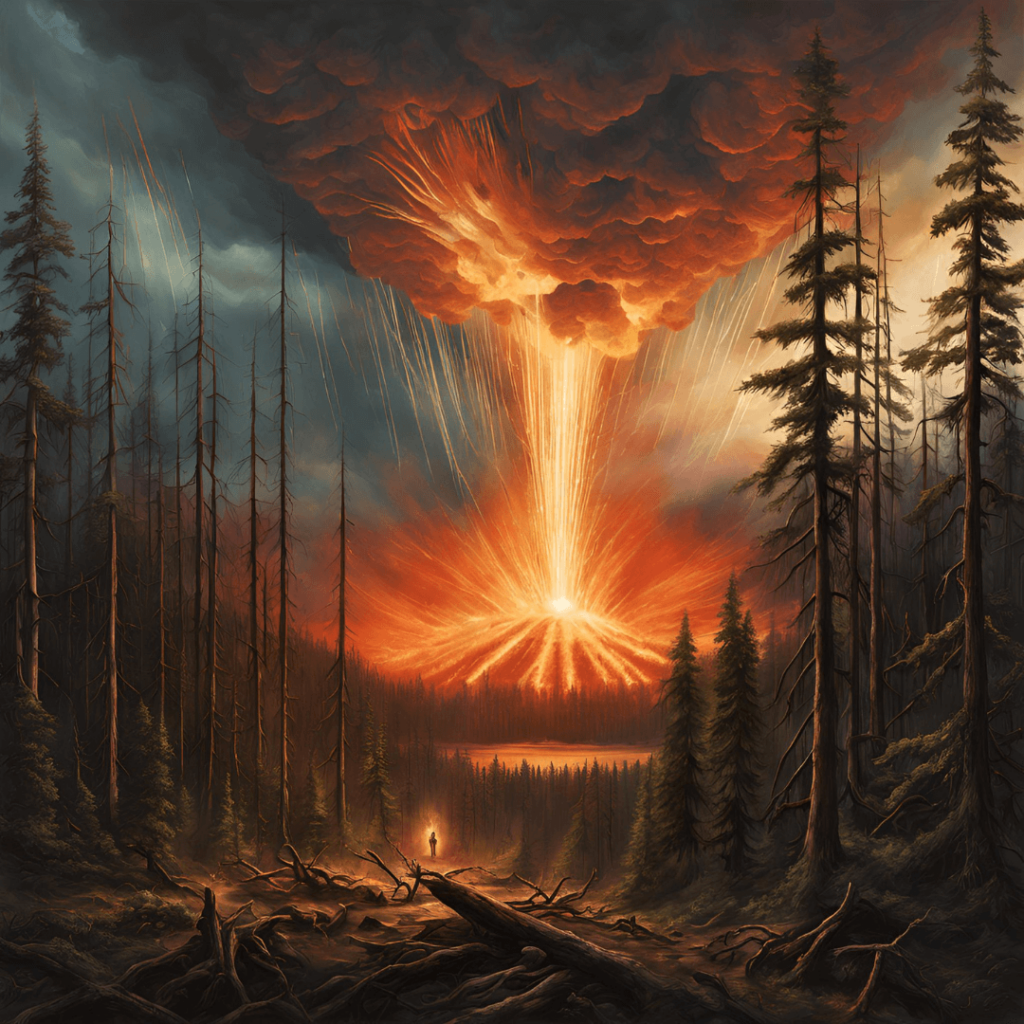
Theories:
- Meteorite Airburst: The most widely accepted theory is that a meteor or comet exploded in the atmosphere.
- Alternative Explanations: Other theories include volcanic activity, gas explosions, or even alien intervention.
Why It’s Mysterious:
The lack of a clear impact site has fueled speculation for over a century. Scientific expeditions have uncovered evidence of a high-altitude explosion, but the exact cause remains unknown.
8. The Identity of Jack the Ripper
In the autumn of 1888, an unidentified killer, later known as Jack the Ripper, terrorized London’s Whitechapel district, brutally murdering at least five women. The killer gruesomely mutilated the victims, indicating some anatomical knowledge. Despite an intense investigation and widespread media coverage, authorities never identified or captured the Ripper. The case has inspired countless theories, from local suspects to conspiracy claims involving royalty.

Theories:
- Known Suspects: Suspects range from local butchers to wealthy doctors.
- Conspiracy Theories: Some argue the killer was a member of the British royal family or even a woman.
Why It’s Mysterious:
Despite the attention given to the case, no solid evidence has ever identified the Ripper. The lack of forensic tools at the time and the sensationalized media coverage have only deepened the mystery.
9. The Stone Spheres of Costa Rica: Precision in the Prehistoric
Scattered across the Diquís Delta in Costa Rica are nearly 300 spherical stones, some weighing as much as 15 tons. These petrospheres were crafted with incredible precision and date back to the period between 500 and 1500 CE.

Theories:
- Some believe the spheres were symbols of status or power, possibly used to mark important locations or alignments.
- Others suggest they had astronomical purposes or were part of rituals.
- However, due to extensive looting and displacement, their original context remains unknown.
Why It’s Mysterious:
The craftsmanship of the stones suggests advanced techniques for the time, yet the tools and methods used remain a mystery. Without written records from the indigenous civilization that created them, their cultural significance and exact purpose have vanished into history.
10. The Green Children of Woolpit: Visitors from Another World?
In 12th-century England, villagers in Woolpit reportedly discovered two children—brother and sister—speaking an unknown language and dressed in unfamiliar clothing. What made them especially strange was their green-hued skin. Later, when the children learned English, they explained that they came from a subterranean land called “St. Martin’s Land,” where the sun never shone brightly.
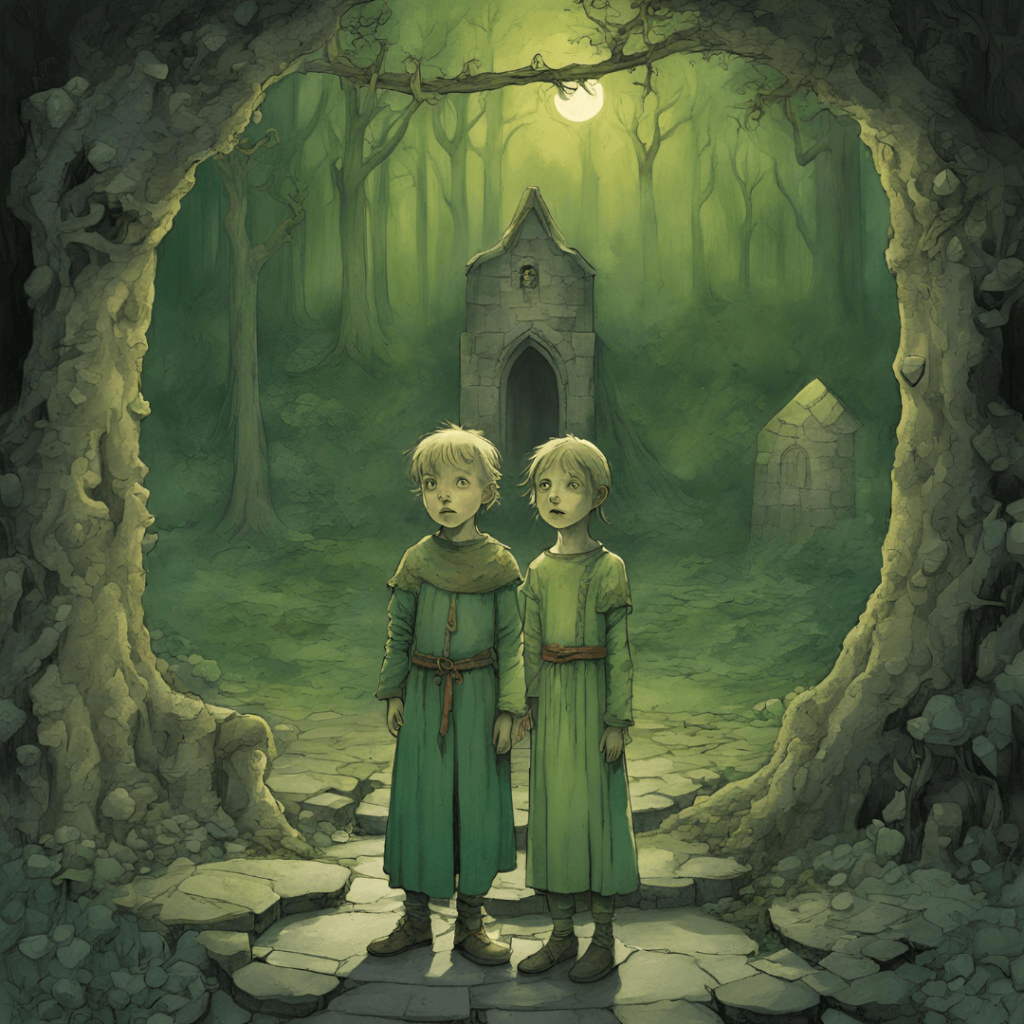
Theories:
- Some believe the story is a medieval folktale symbolizing cultural outsiders or famine survivors.
- Others speculate the children suffered from malnutrition, causing their greenish pallor, and were orphaned travelers.
- Some theories propose they were aliens or inter-dimensional visitors.
Why It’s Mysterious:
Despite its fantastical elements, the story has been passed down in historical chronicles, leaving open the question of its origin and meaning. Were the green children merely misunderstood strangers, or does their tale hint at something otherworldly?
Conclusion: History’s Enduring Unsolved Mysteries
These unsolved mysteries show how much of our past is still a bit of a mystery. They grab our attention not just because of what we don’t know, but also because they make us rethink what we believe about history, nature, and the universe. As science and technology get better, some of these puzzles might get figured out—though that might take away some of the excitement they bring.
What do you think lies behind these puzzles? Share your thoughts or your favorite historical unsolved mysteries in the comments below!
Think you know the truth? Dive into our next article- Debunking Common Myths: Uncovering the Truth Behind Popular Misconceptions and uncover the real facts behind popular misconceptions. Challenge what you thought you knew!

